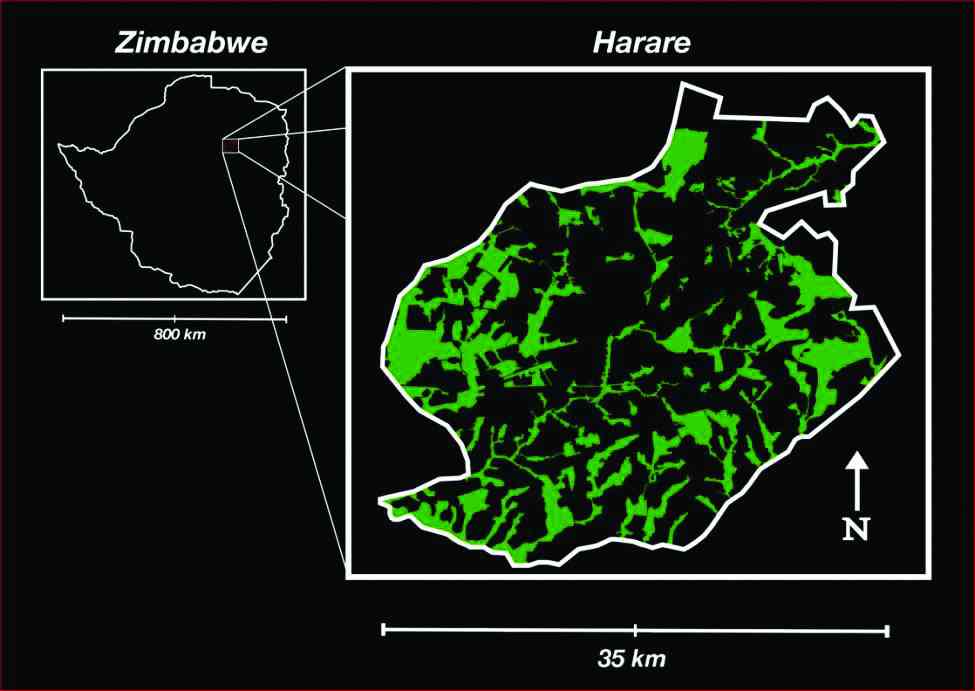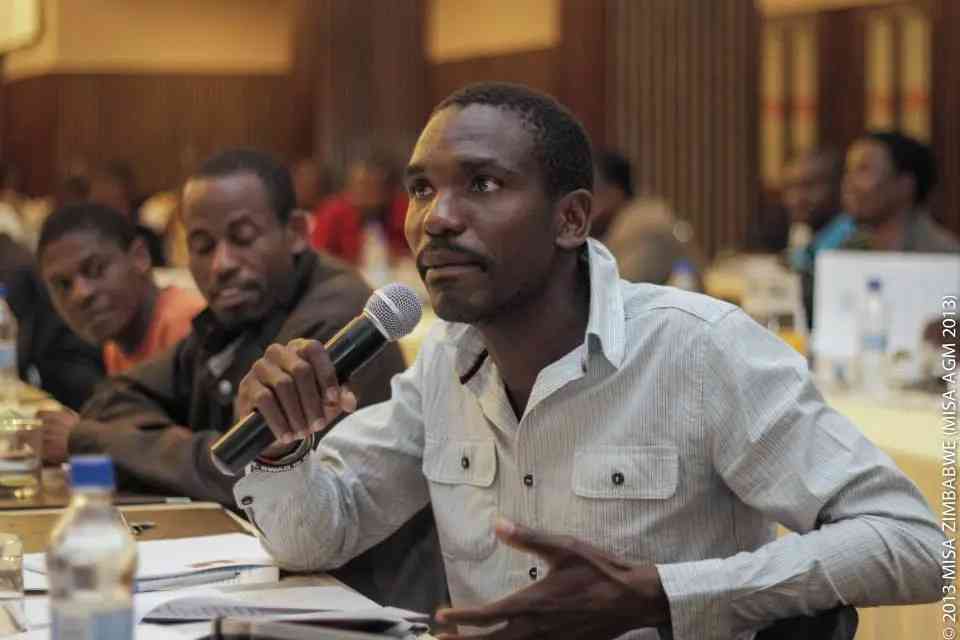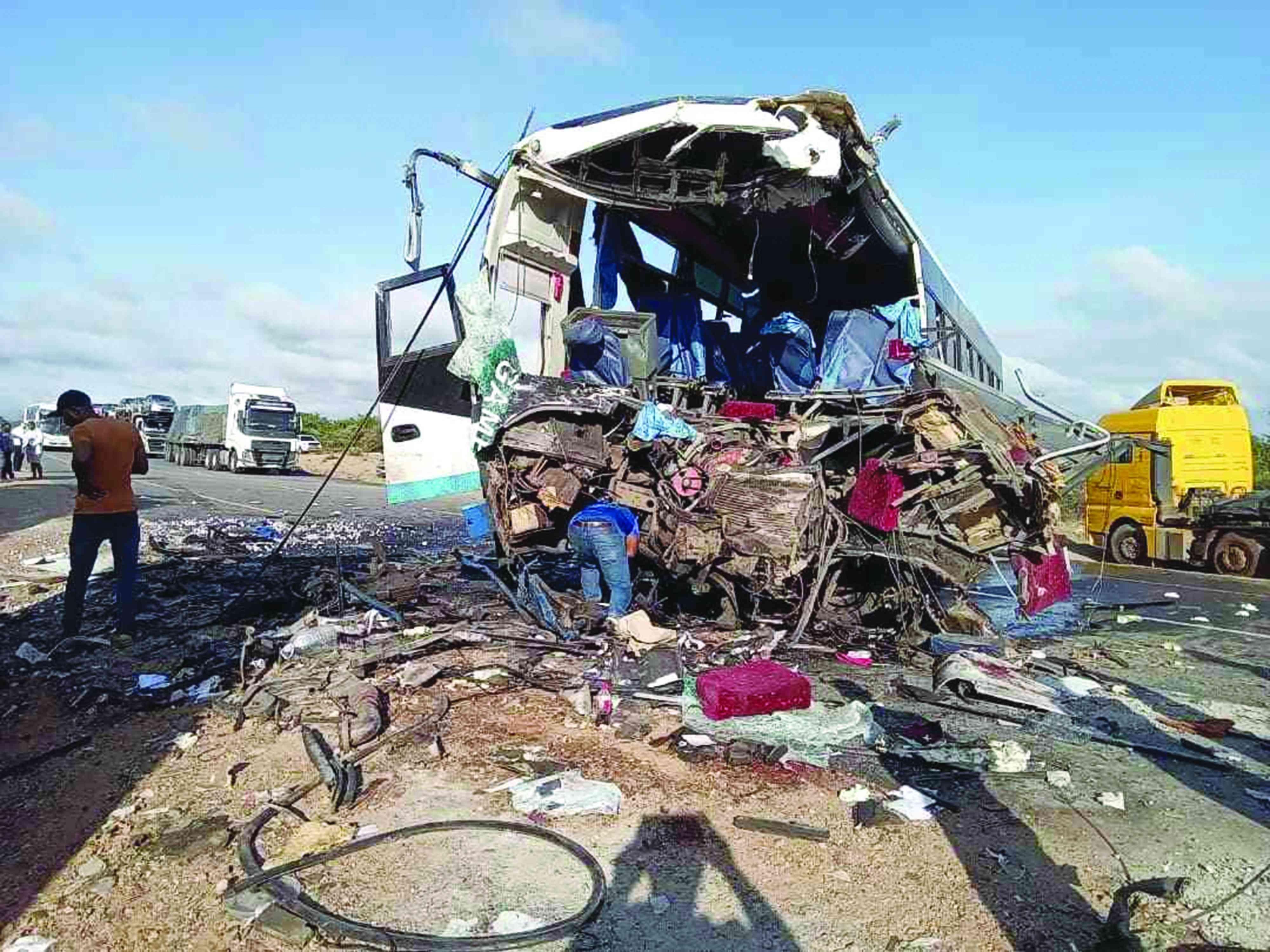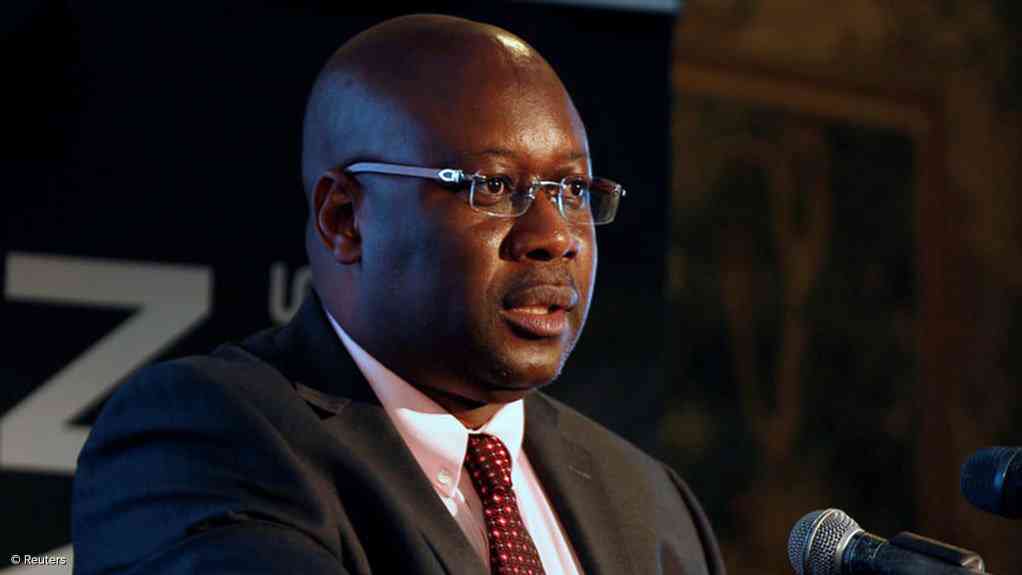
THE Harare Wetlands Trust (HWT) has raised alarms about the escalating destruction of the city’s wetlands, warning that unchecked development is putting both the environment and public health at serious risk.
Speaking to the Zimbabwe Independent, Selestino Chari, the HWT’s programmes manager, described the rate of wetland destruction as “alarming” and called for urgent action to stop illegal developments.
“We are working tirelessly to challenge all developments taking place on wetlands. Our goal is to secure a ministerial directive that prohibits such activities and compels the City of Harare to cease leasing and selling stands located on wetlands,” he said.
“As Harare Wetlands Trust, we are worried about the destruction of wetlands in Harare as a whole because it is now alarming.”
Chari also called for government intervention to address the thorny issue of privately owned wetlands, saying there was a need to find solutions that balance environmental preservation with property rights.
“In as much as we want preservation of wetlands, we also want to petition the government to intervene with corrective measures. Either compensation or any other remedy is critical for addressing the issue of wetlands as there is a competition between environmental rights and property rights.”
According to data compiled by the HWT from 2019, Harare's remaining wetlands cover roughly 18 328 hectares — about 21% of the city’s total land area — down significantly from their original extent. An analysis of Google Earth imagery shows that, between 2007 and 2019, the wetland area across 10 sites in Harare declined by an average of 50%.
“This is far less than the overall original extent of the wetland ecosystem. It is safe to say that all wetlands in Harare have been reduced to a greater or lesser degree through conversion to development,” states the HWT research, quoting a 2020 study.
- Harare trust raises alarm over wetland destruction
Keep Reading
“Based on analysis of Google Earth imagery for 10 wetlands across the city, over the period 2007/2008 (this being the earliest date with consistent coverage of all 10 wetlands) to 2019, the mean decline in wetland area over this 11-year period was found to be 50%.”
The HWT, together with Zimbabwe Lawyers for Human Rights, has taken legal steps against wetland-related developments and is examining the status of many already privately owned wetlands.
A petition from the HWT calls for urgent action to revert some land zoned for development back to public open spaces, focusing on headwater wetlands that are crucial for water supply.
“There is a need to explore options for effecting changes of land use for headwater wetland areas, and where these have previously been zoned for residential, commercial or industrial use, moving to change the land use back to public open spaces,” the petition reads in part.
“These are actions that can be taken in the short term and together would provide powerful and immediate tools to stem the ongoing loss of headwater wetlands.
“Thereafter, attention should shift towards improving management of the remaining headwater wetland areas, through restoring these to their natural state and managing them specifically for water production.”
The HWT's concerns come amid an ongoing legal dispute involving Vifot Investments, which is developing land in Borrowdale West, an area the government declared ecologically sensitive in 2022 under the Environmental Management Act.
The High Court case, brought by the HWT, seeks to block Vifot from proceeding with construction in the protected zone. Six respondents were cited in the legal documents.
Some of the respondents include director general of the Environmental Management Agency (Ema), City of Harare, ministers of Environment, Climate Change and Wildlife and Local Government, and Registrar of Deeds.
According to the High Court papers filed by the HWT on October 7, 2022, the Minister of Environment, Climate, Tourism, and Hospitality Industry declared Borrowdale West a protected environmentally sensitive region under Section 113 (1) of the Environmental Management Act Chapter 20:27] via Government Notice 2119/2022.
“The First Respondent, according to our investigations acquired a certain piece of Land in the District of Salisbury called stand 40072 Salisbury Township of Salisbury Township Lands measuring 23, 9684 hectares and this land is held under Deed of Transfer 727/23 sometime in 2023 after the publication of the GN 2119/2022,” reads the High Court application.
“The aforementioned property is within the protected ecologically sensitive area of Borrowdale West issued by GN 2119/2022.
“In terms of GN 2119/2022, the Minister declared that no development shall take place and no development permits shall be issued for the property until the proponent of the development complies with section 113(2),” it further states.
The HWT, in its application, quotes legislation which prohibits setting up developments on “ecologically sensitive areas”.
The HWT, however, says there is no information available or accessible to assess if the development complies with the aforementioned laws.
Subsequently, the applicants have lodged a request for information with the relevant officials.
In its opposing papers, Vifot Investments defended its activities noting that they were in line with regulations.
The firm attached the Environment Impact Assessment (EIA) issued by Ema.
“Although applicant has got a right to access to environmental information as provided for by the law, it ought to respect 1st respondent’s (Vifot Investments) right to its own property which should not be unnecessarily interfered with,” Vifot states.
“In this case it is common cause as more fully appears on annexure "B" that 1st Respondent complied with the law and was issued with an environmental impact assessment certificate as required by the law hence it is operating within the confines of the law.
“It is common cause that the 1st respondent is compliant with the law and is the lawful owner of the land in question, as the owner of the land he ought not to be prejudiced where a certificate has been issued authorising him to carry out construction works,” the documents reads.
The HWT could not comment on the current status of the case as the matter was still before the courts.
Vifot Lawyer Nyikadzino Simango of Simango and Associates said the matter was struck off the roll last year
“Vifot has gone ahead with the development as the matter was struck off the roll last year (in) November when it was declared not urgent as the papers were not in order,” he said.
“The HWT then went on to the Ministry of Environment to challenge the EIA certificate but the Ministry gave Vifot the go ahead.
“In as much as it has not yet been finalised in court, the HWT did not seek recourse last year when the court struck it off the roll, they did not take any action,” Simango said.










